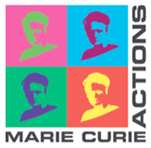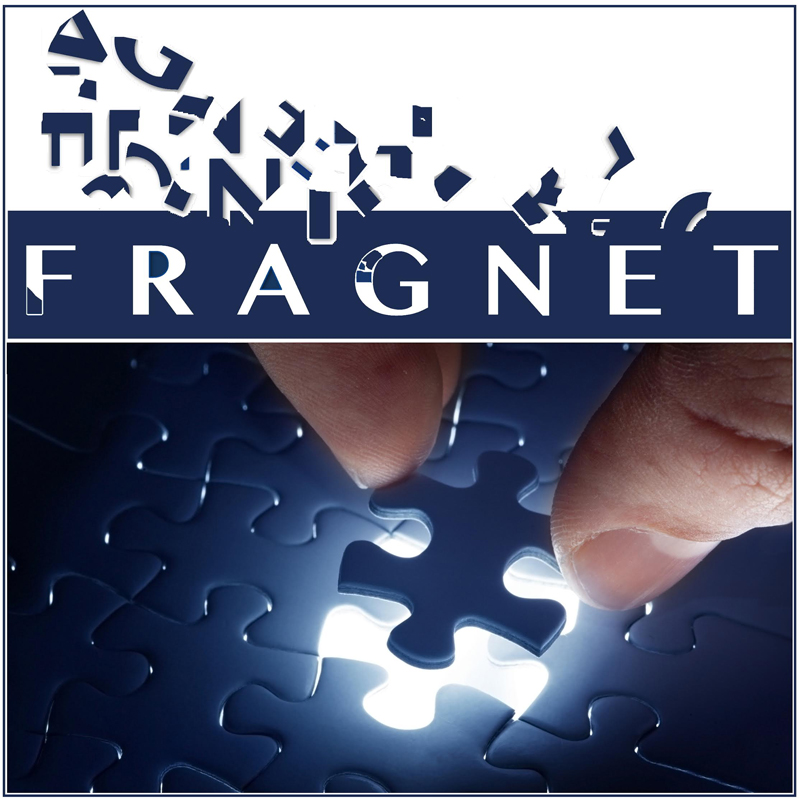ESR2: Novel 3D fragments
Host: University of York, UK
Academic supervisor : Prof. dr. Peter O’Brien and Prof. dr. Rod Hubbard (University of York)
Researcher: Hanna Francesca Klein
Download the full description of this project: ESR2: Novel 3D fragments
Synopsis
The applicant will join a team working on the design, synthesis and assessment of novel 3D fragments. The focus of the project is on chemical synthesis with opportunities to explore aspects of cheminformatics (for analysing compounds), molecular modelling (how the compounds bind to proteins) and experimental fragment screening.
Objectives
1. Design of 3-D fragment library.
2. Synthesis of selected fragments.
Approach
Most of the compounds in fragment libraries[1, 2] are commercially available small molecules which have been selected by medicinal chemists based on their experience on ease of synthesis and what they have seen before in existing drugs. This means that many fragments are flat heterocycles. This has worked well for many proteins that bind to and recognise metabolites such as ATP, but may not be ideal for other proteins, such as those that bind carbohydrates. There are also analyses which suggest that more 3D compounds have better properties as drugs[3]. One of the major issues with such compounds is they contain multiple stereo-‐centres which makes synthesis to improve the compounds more challenging. Some of the synthetic chemistry developed at York provides a way to achieve this. This project builds on recent work in the O’Brien laboratory (aided by cheminformatics analysis by the Hubbard group) to design and synthesise novel 3D lead-‐like compounds[4]. The compounds will be designed based on common features of drug molecules and some of our 3-‐D fragments are shown below. Principal moments of inertia (PMI) plots, which are a representation of 3-‐D space, will be used to evaluate the designed compounds and selection criteria will be developed to identify compounds. Selected compounds will then be synthesised.
Qualifications
The skills required are an interest and aptitude for compound synthesis; the amount of time spent outside of the synthetic laboratory (on modelling or experimental screening) will depend on the interests of the successful applicant. 
Key publications
1. Doak et al. http://dx.doi.org/10.1071/CH13280, 2013.
2. Baurin et al. J Chem Inf Comput Sci, 2004. 44, 2157-66.
3. Lovering et al. J Med Chem, 2009, 52, 6752-6.
4. Luthy et al. Bioorg Med Chem, 2015, 23, 2680-94.
Other projects
- ESR1: 3D Fragments with small aliphatic rings – David Hamilton
- ESR3: Warhead Library of Covalent Fragment Binders – Aaron Keeley
- ESR4: Development of FBLD techniques for Intrinsically Disordered Proteins – Darius Vagrys
- ESR5: Biophysics Based FBLD – Sébastien Keiffer
- ESR6: FBLD experimental methods – Edward Fitzgerald
- ESR7: Understanding PDE binding kinetics – Pierre Boronat
- ESR8: Virtual Screening of Fragment Libraries of Covalent Binders – Andrea Scarpino
- ESR9: Fragment evolution platform – chemical navigation – Moira Rachman
- ESR10: Fragment evolution platform – molecular simulations – Maciej Majewski
- ESR11: Fragment-based approaches to identify novel PPI inhibitors – Lorena Zara
- ESR12: Covalent fragments to activate industrial enzymes – Eleni Makraki
- ESR13: Fragment-based assessment of new antibiotic target – Bas Lamoree
- ESR14: Targeting allosteric pockets with FBLD – Lena Münzker
- ESR15: Science, Business & Innovation in the pharmaceutical sciences – Angelo Kenneth Romasanta
Contact details
Please contact us at:
info@fragnet.eu
FRAGNET Coordinator
VU University Amsterdam
The Netherlands
Funded by
 Marie Curie Actions
Marie Curie Actions
 EU Horizon 2020
EU Horizon 2020
 European Union
European Union

